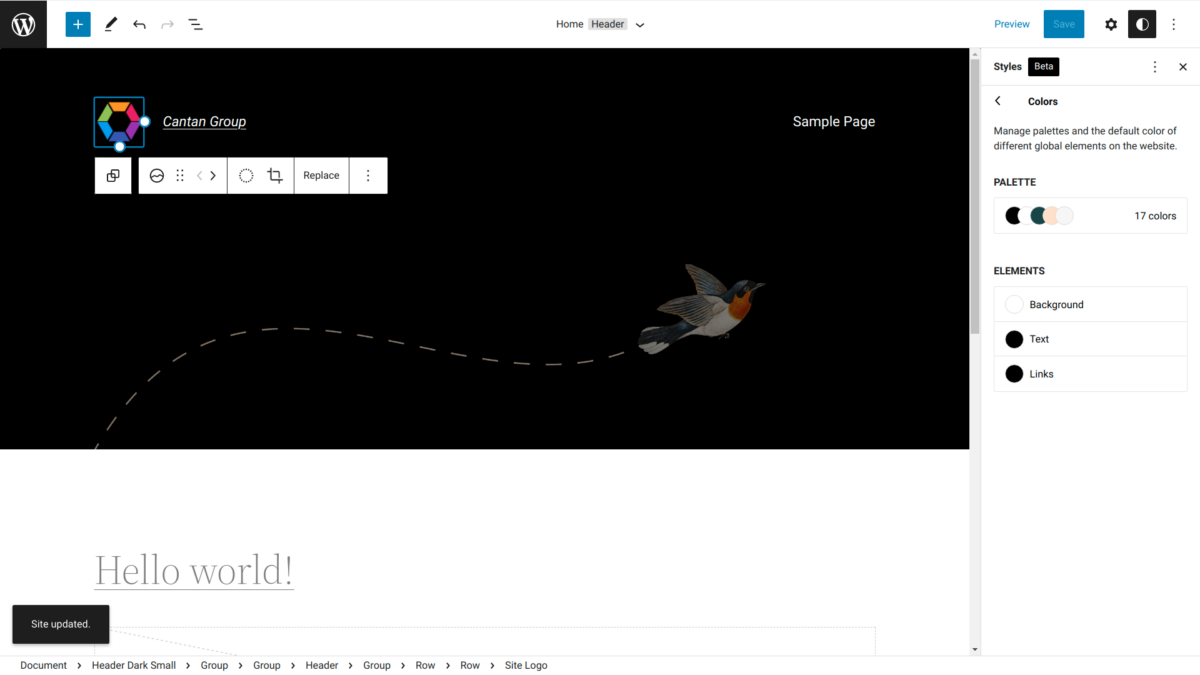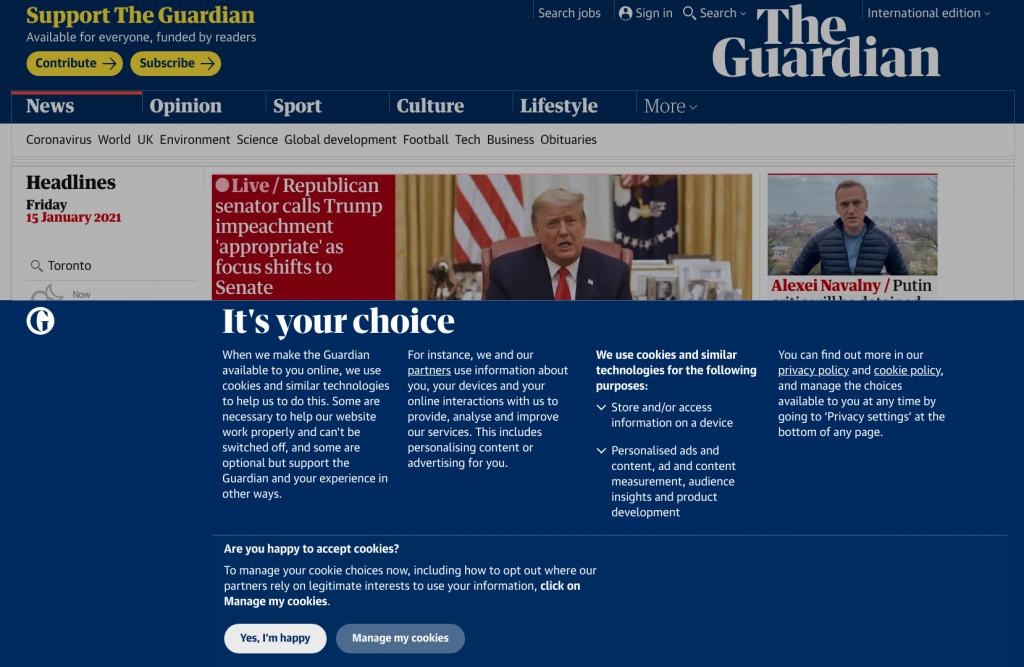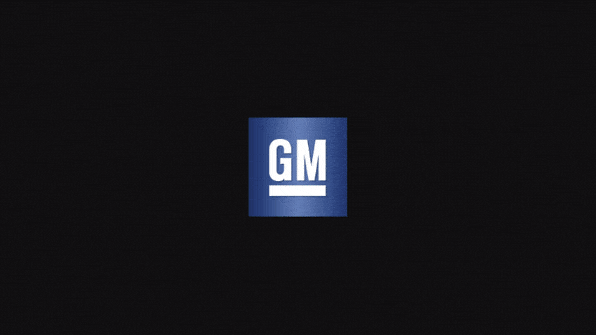We recently applied our skillset towards publishing a paper-back book called the Water Cycle. Sumera Yacoob, our lead designer and illustrator, adeptly merged her skills and experience as a Water Resources Engineer, illustrator extraordinaire and storyteller, helping navigate young readers through a detailed, illustrative look at our most vital element: Water!








